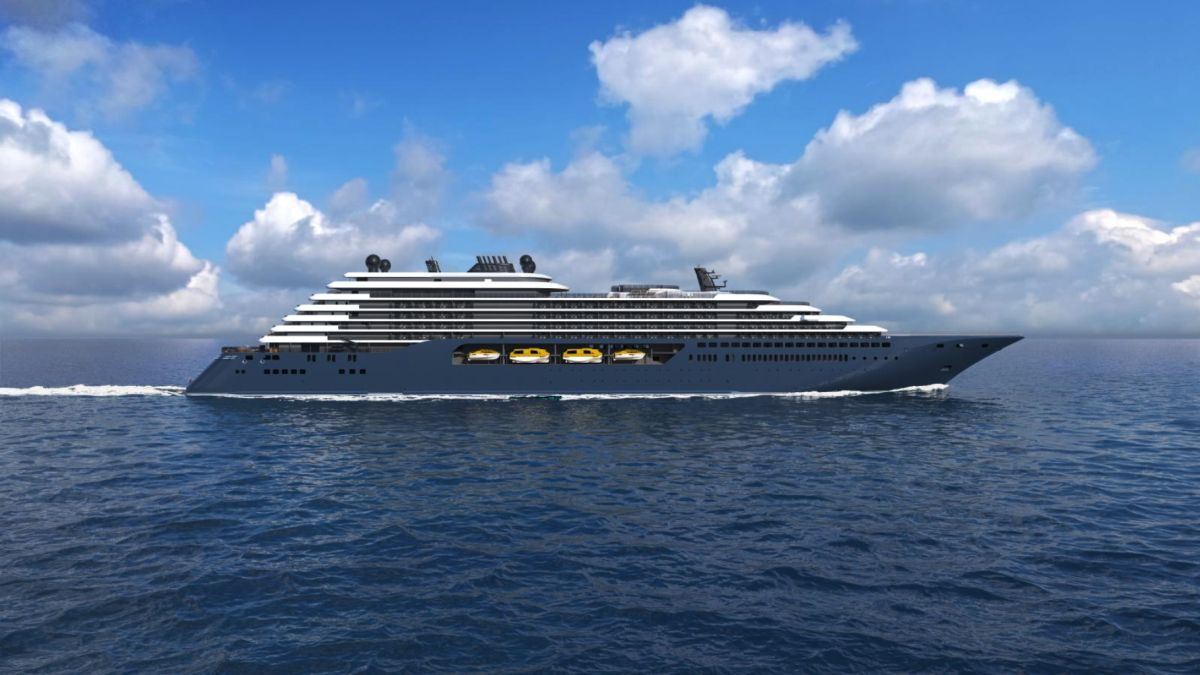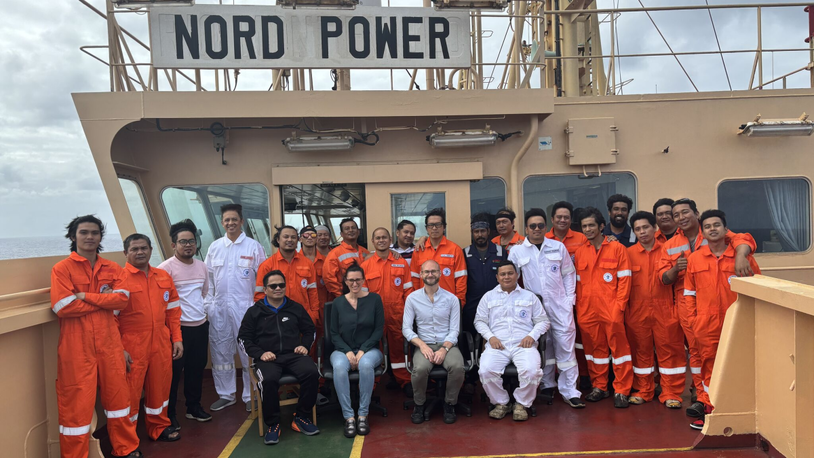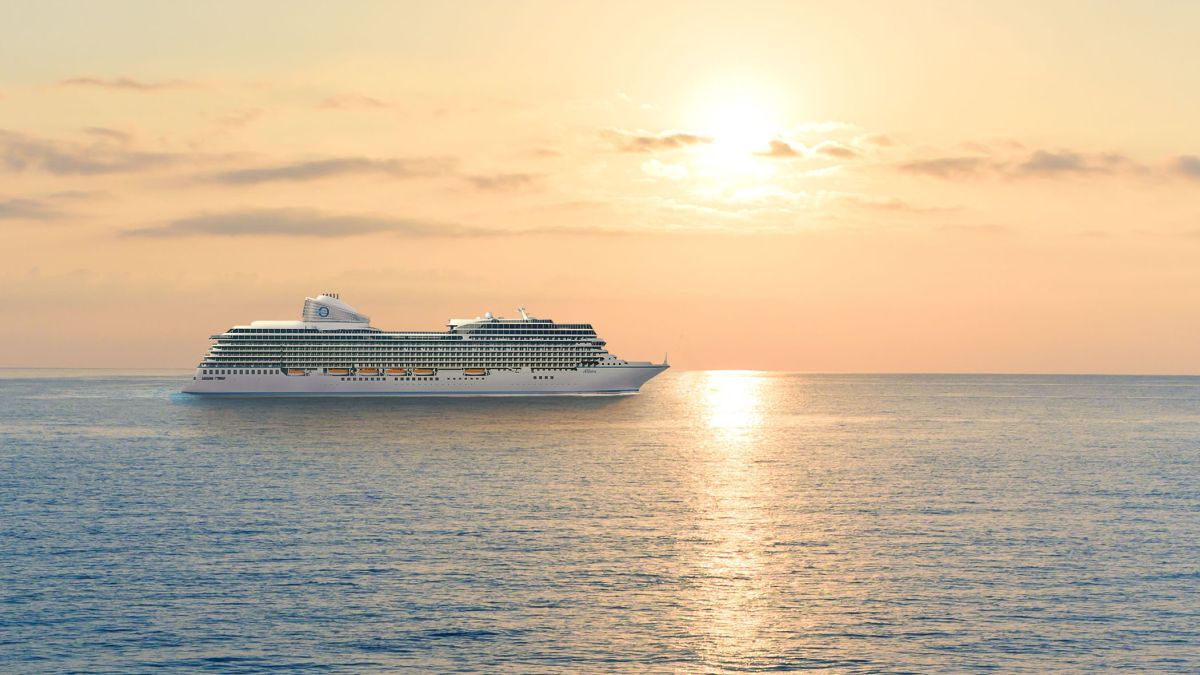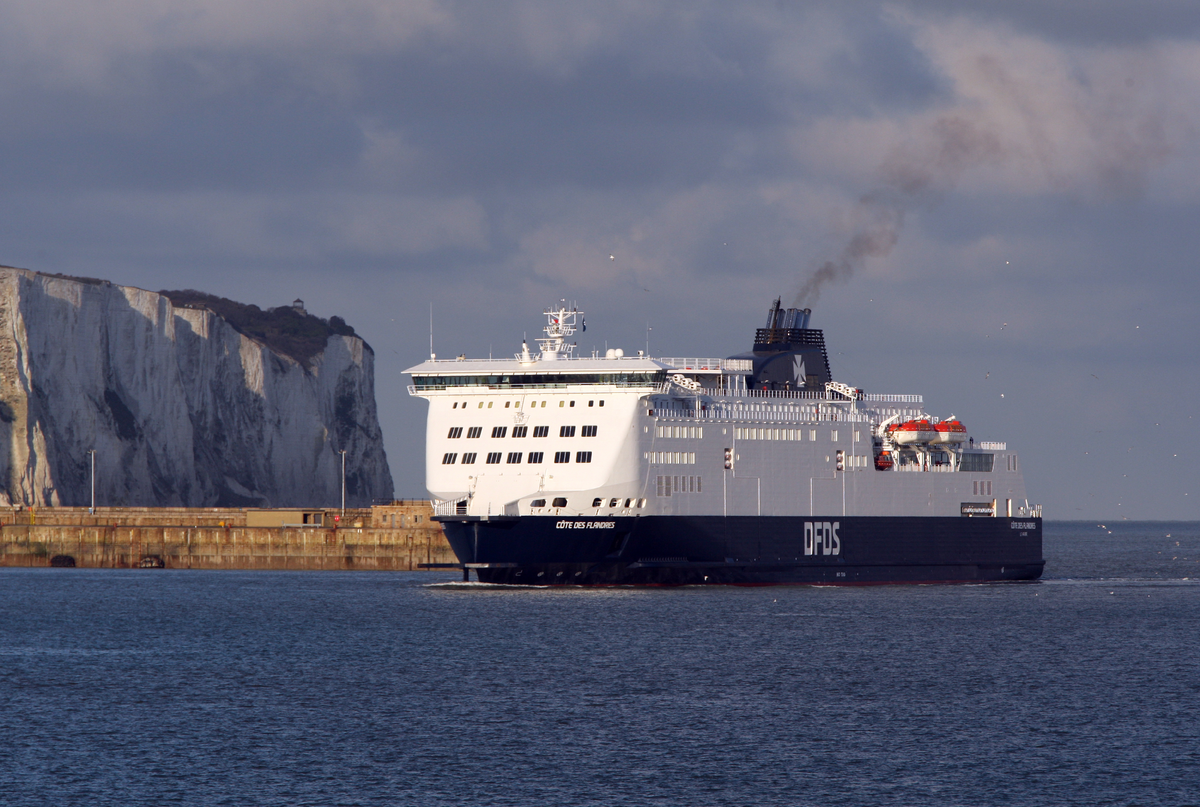Business Sectors
Events
Contents
Register to read more articles.
2025 in passenger shipping: green corridors, net-zero fuels, batteries, LNG
Passenger Ship Technology explores the expected headline themes for the coming year
Green corridors gathering pace
We’ve seen a sharp rise in the green corridor for passenger ships, and this is set to continue and become more mainstream in 2025. There are several new initiatives, from a new government-funded enterprise to establish a corridor for DFDS green methanol-fuelled ferries between the UK and Netherlands, to establishing a green shipping corridor for methanol ferries between northwest England and Ireland, and the Baltic Sea’s first green corridor, focused on Viking Line.
Elsewhere, the Pacific Northwest to Alaska Green Corridor project is a collaborative partnership between the major cruise lines, homeports and several ports of call in the Alaska cruise market, which is exploring low and zero-greenhouse gas emissions cruising from between Washington, British Columbia and Alaska. These corridors will help make the fuels available through much-needed collaboration and are extremely positive for the passenger shipping industry.
Methanol-fuelled cruise ships on order
The focus on green methanol in the ferry sector is being reflected in the cruise arena, where momentum has been building – something we will undoubtedly see more of this year. A look at the future orderbook shows it has started to make some movement within the cruise sector. Both RCCL’s Celebrity Xcel and Disney’s Adventure will be able to use methanol on delivery in 2025, and NCL’s two Prima-plus class vessels scheduled for delivery in 2027-28 will also have the option of using methanol.
Elsewhere, SunStone Ships’ new Boundless-class ships will be designed prepared for green methanol. An electric grid will enable the shipowner to add fuel cells, solar panels or batteries to the cruise ships.
LNG remains a popular choice
LNG use as a fuel is stronger than ever in the passenger ship sector, with a slew of new orders in the cruise sector, from a trio of LNG-powered ships ordered from Carnival Corp, to the release of The Ritz Carlton Yacht Collection’s newly delivered Ilma. And it is still making strides in the ferry industry, with the UK’s first LNG ferry due for delivery for CMAL at the start of 2025. Added to the strides the industry is making, from reducing methane slip (Wasalines’ Aurora Botnia is involved in such a project) to boosting bioLNG usage, it is safe to say LNG will be a big part of the passenger ship’s energy transition.
Hydrogen gaining momentum
Hydrogen use gathered pace last year and will continue to ramp up in 2025. Sea Change is the first commercial hydrogen fuel-cell passenger ferry in the world. The company behind it, Switch Maritime, highlights the progress of this fuel in the ferry sector, as at the end of 2024, it announced it will build the first US liquid hydrogen-fuelled ferry. Norled’s ferry Hydra, a hybrid vessel that uses both batteries and liquid hydrogen fuel cells, is a landmark project.
The cruise sector has also shown a growing interest in hydrogen. Hydrogen fuel cells have been installed in Royal Caribbean International vessel Icon of the Seas, launched last year, and a PST interview with MSC Group’s Bud Darr illustrated MSC Cruises is running several hydrogen fuel projects.
Sign up for Riviera’s series of technical and operational webinars and conferences:
- Register to attend by visiting our events page.
- Watch recordings from all of our webinars in the webinar library.
Related to this Story
Events
Maritime Environmental Protection Webinar Week
Cyber & Vessel Security Webinar Week
The illusion of safety: what we're getting wrong about crews, tech, and fatigue
Responsible Ship Recycling Forum 2025
© 2024 Riviera Maritime Media Ltd.












